How Abrasion Resistant Coating Improves Operational Efficiency
Abrasion resistant coating (ARC) is a targeted surface protection strategy that reduces wear on critical components exposed to sliding, impact, or particle-laden flow. By limiting material loss and preserving component geometry, ARC reduces the frequency of part replacement and unscheduled interventions. The direct result is improved machine availability and steadier production output—core pillars of operational efficiency in industrial environments such as mining, bulk handling, cement, and material-processing plants.
Reducing Downtime and Increasing Uptime
One of the clearest efficiency gains from abrasion resistant coating is reduced downtime. Components protected with proper ARC experience much slower wear rates, so planned maintenance intervals can be extended and emergency repairs minimized. For continuous-process operations, fewer stoppages translate directly into higher throughput and better schedule adherence, reducing the ripple effects of a single failure across the production chain.
Real-world impacts on maintenance cycles
- Component life extended by multiples—often 2–10× depending on material and environment
- Longer planned maintenance windows instead of frequent reactive repairs
- Reduced spare parts inventory and lower logistics costs
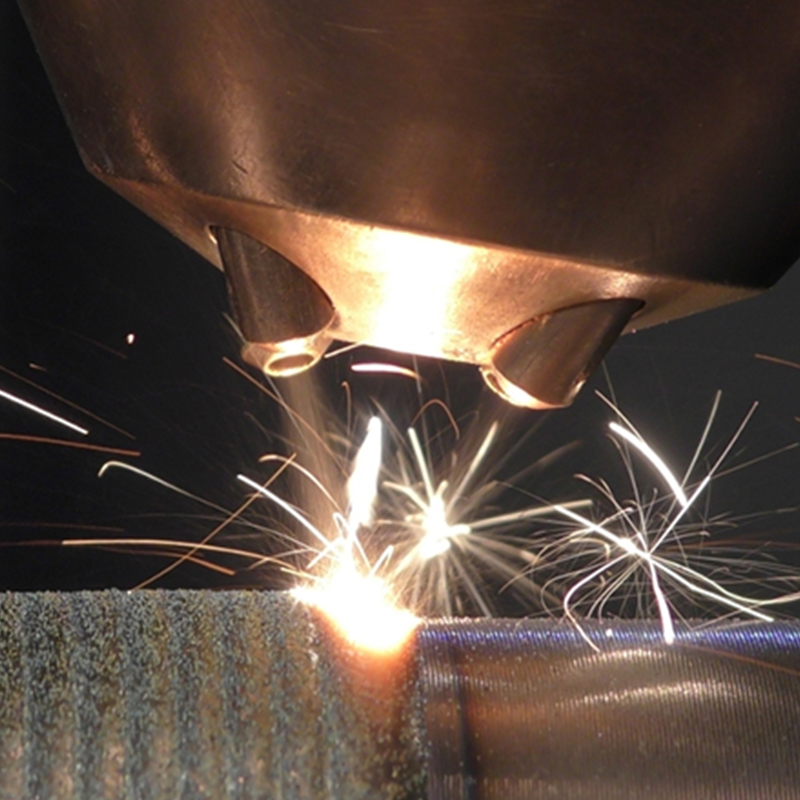
Lower Maintenance Costs and Labor Requirements
Abrasion resistant coatings lower total maintenance cost by cutting consumable usage, labor hours for repairs, and the need for replacement parts. They also simplify maintenance procedures: recoating or local patching is usually faster than fabricating and installing new components. Facilities that adopt ARC typically see a measurable drop in maintenance man-hours and associated contractor expenses.
Cost components improved by ARC
- Fewer part replacements and reduced capital expenditure
- Lower emergency repair premiums and overtime costs
- Reduced downtime-related lost production
Improved Process Stability and Product Quality
When surfaces maintain their designed geometry and roughness, process parameters (clearances, flow rates, pressures) stay within specification. This stability improves product consistency—fewer rejects, less rework, and more predictable outputs. For example, conveyors, chutes, and hoppers lined with ARC preserve flow characteristics and reduce material hang-up, directly improving throughput and product quality.
Energy Efficiency and Reduced Wear-Related Losses
Worn surfaces increase friction, vibration, and motor loads; ARC helps keep friction coefficients lower and surfaces smoother, which reduces power consumption. In large plants, even small improvements in motor load or pneumatic losses add up to significant energy savings. Lower friction also leads to less heat generation and longer bearing life, contributing to a cascade of efficiency gains across mechanical systems.
Enhanced Safety and Regulatory Compliance
Abrasion resistant coatings can reduce the likelihood of catastrophic failures (e.g., sudden chute collapse or bearing seizure) by preventing rapid material loss. Fewer failures mean fewer unsafe interventions in hazardous zones. Many modern ARCs also reduce fine particle release and can be formulated to meet environmental or industry-specific regulatory requirements, helping plants meet compliance targets while protecting workers.
Selecting the Right Coating: Materials and Application Methods
The effectiveness of ARC depends on choosing the right chemistry and application. Common ARCs include hardfacing alloys (thermal spray, HVOF), ceramic-rich polymer systems, and composite overlays. Key selection criteria include abrasion type (sliding vs. impact), operating temperature, chemical exposure, and substrate compatibility. Proper surface preparation—abrasive blasting and priming—is essential to achieve adhesion and the expected service life.
Application methods and practical considerations
- Thermal spray / HVOF: best for very high-wear environments and thin, dense metal overlays
- Ceramic or carbide-filled coatings: excellent hardness and impact resistance
- Polymer-based ARCs: good for corrosion-abrasion combinations and dampening vibration
- Field application vs. shop application: choose based on part size and downtime constraints
Measuring and Verifying Efficiency Gains
To quantify ROI, operators track metrics before and after ARC deployment: mean time between failures (MTBF), downtime hours, spare parts consumption, energy draw, and production yield. Data-driven verification builds the business case for wider adoption and helps optimize coating selection and application technique for each equipment class.
| Metric | Before ARC | After ARC | Typical Improvement |
| Unscheduled Downtime (hrs/yr) | 120 | 30 | 75% reduction |
| Spare Parts Spend ($/yr) | 150,000 | 60,000 | 60% reduction |
| Energy Consumption (kWh) | 1,200,000 | 1,140,000 | 5% savings |
Implementation Best Practices
Maximizing operational efficiency from ARC requires a programmatic approach: map high-wear components, pilot coatings in representative service conditions, collect performance data, and standardize successful solutions. Train maintenance crews in inspection and local repair techniques to keep downtime low and extend service life further. Finally, partner with coating specialists who can advise on material selection, surface prep, and quality control.
Conclusion
Abrasion resistant coating is a practical, high-impact measure to improve operational efficiency across many industries. By limiting wear, stabilizing process performance, reducing maintenance demands, and lowering energy and parts costs, ARC delivers tangible performance gains and a strong return on investment. When selected and applied correctly, these coatings transform maintenance strategies from reactive to predictive—unlocking sustained productivity and lower life-cycle cost for critical assets.

 ENG
ENG
 English
English عربى
عربى Español
Español 中文简体
中文简体

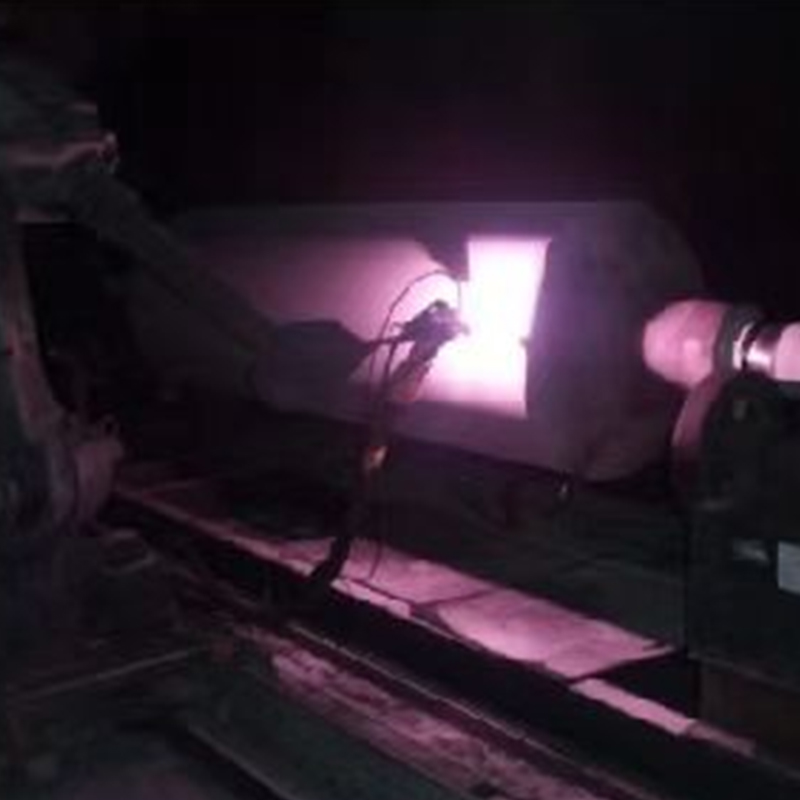



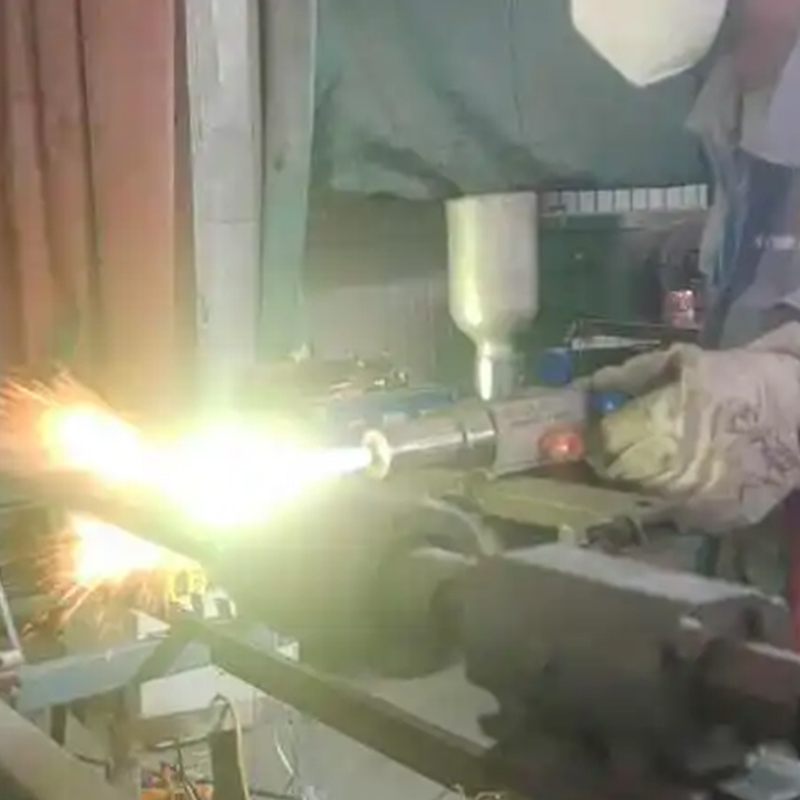
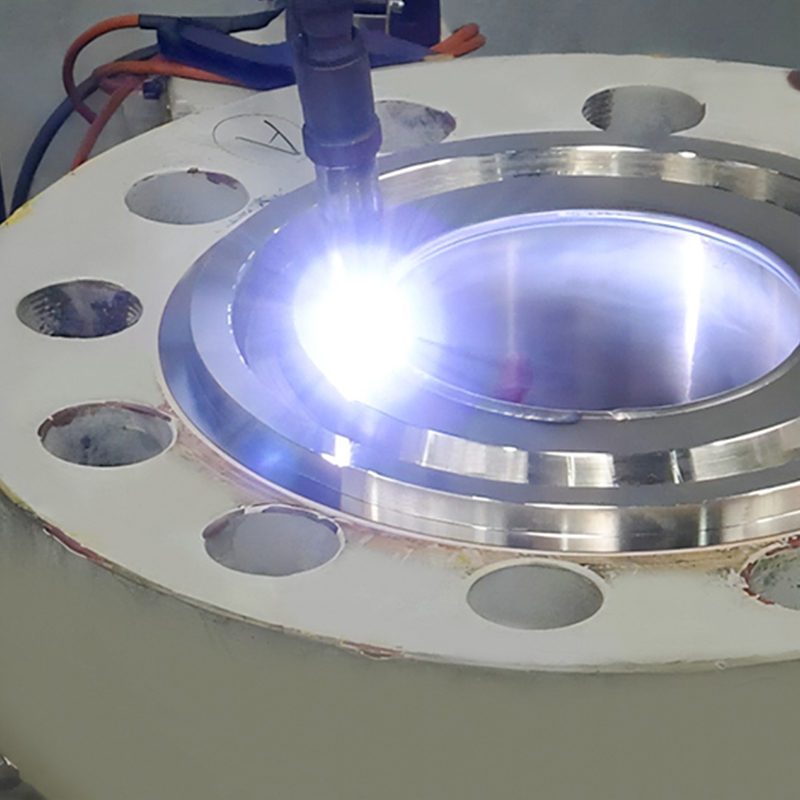
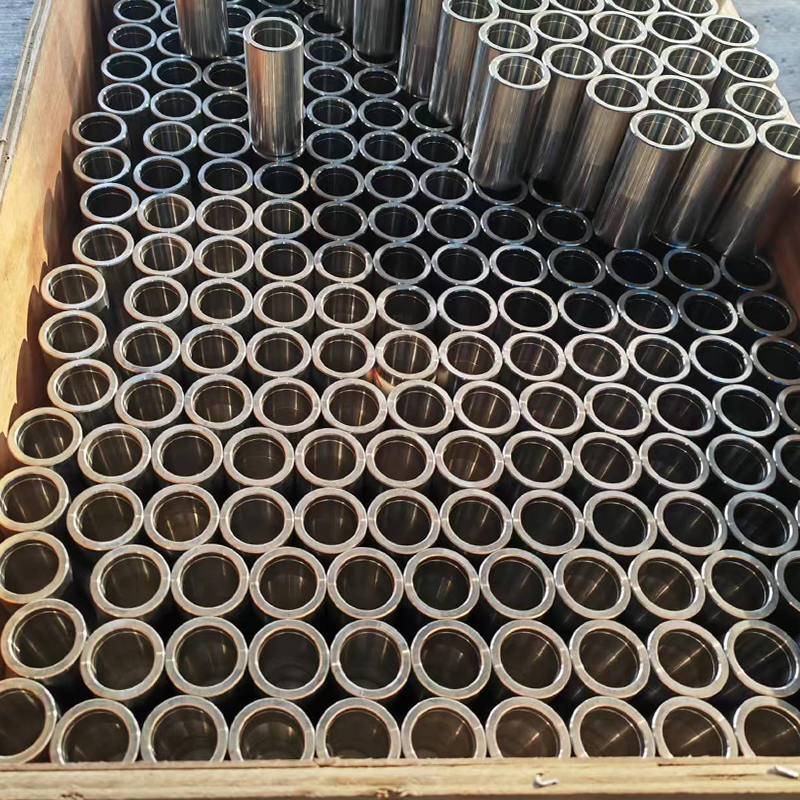

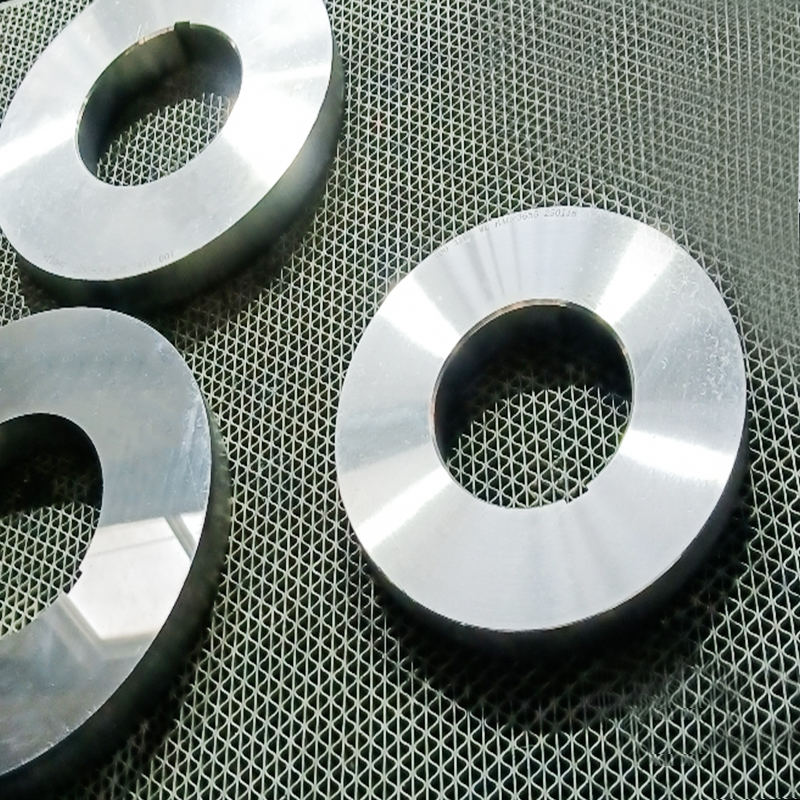
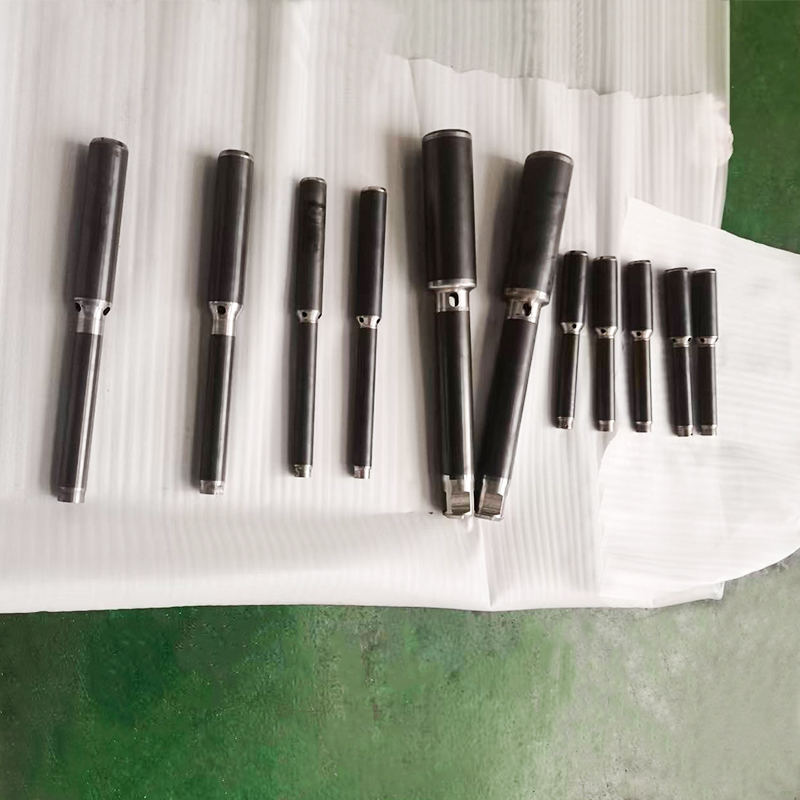
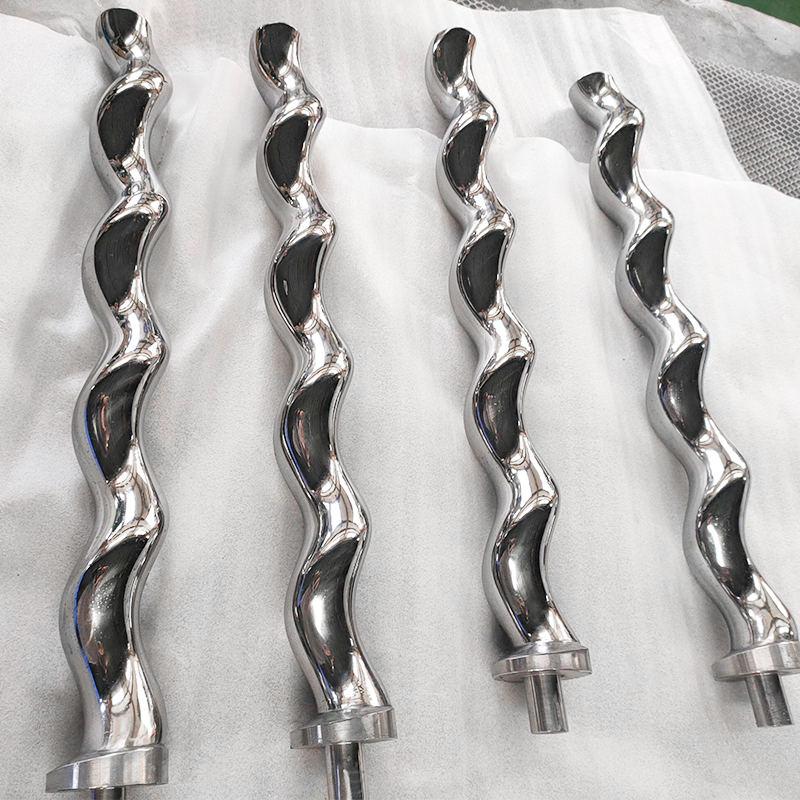

 TOP
TOP